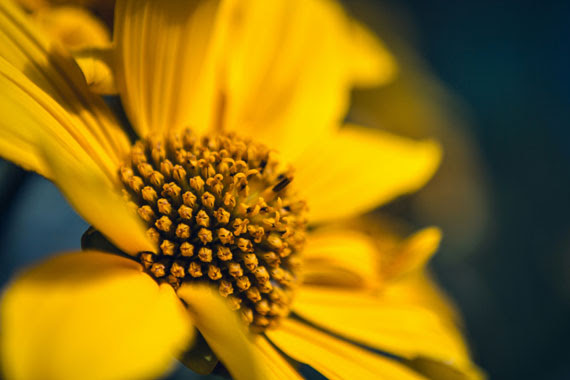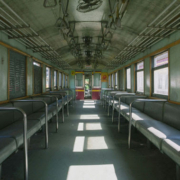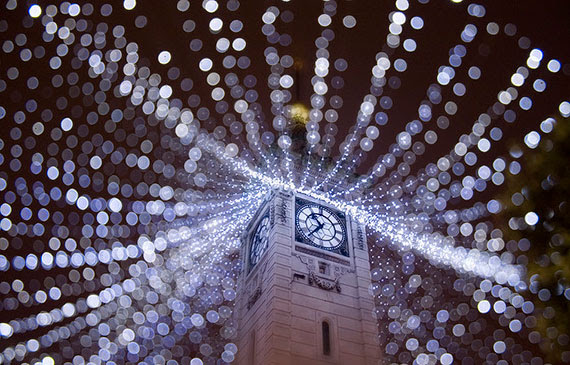Demystifying the Plane of Focus in Photography
In the world of photography, achieving sharp, well-defined images is often the holy grail. One crucial concept that can significantly impact the sharpness of your photographs is the “plane of focus.” Whether you’re a seasoned photographer or just starting, understanding this concept can elevate your photography skills. So, let’s dive in!

What is the Plane of Focus?
The plane of focus refers to the specific area within your shot that is in sharp focus. Imagine it as an invisible, flat surface running parallel to your camera’s sensor. When you focus your camera on a subject, you are aligning the plane of focus with your subject, ensuring that it appears sharp in your image.
Depth of Field and Plane of Focus
The plane of focus is intrinsically linked to the concept of depth of field (DoF). DoF defines how much of your image, from front to back, appears sharp. A shallow depth of field means that only a thin slice of your image (the plane of focus) will be sharp, with areas in front of and behind it appearing blurry. Conversely, a deep depth of field expands this sharpness to a larger portion of your scene.
Controlling the Plane of Focus
- Aperture: The aperture of your lens controls the depth of field. A wide aperture (small f-number) yields a shallow depth of field, while a narrow aperture (large f-number) increases the DoF, making more of your image appear in focus.
- Lens Focal Length: Telephoto lenses have a shallower depth of field compared to wide-angle lenses. Hence, the plane of focus appears narrower with longer lenses.
- Focusing Distance: The closer you are to your subject, the shallower the depth of field becomes, narrowing the plane of focus.

Practical Tips for Mastering Plane of Focus
- Manual Focusing: Sometimes, your camera’s autofocus might not align the plane of focus precisely where you want it. Using manual focus gives you complete control over the focus point.
- Focus Peaking: Many modern cameras have a focus peaking feature that highlights the edges of the plane of focus, aiding in manual focusing.
- Tilt-Shift Lenses: These specialized lenses allow you to tilt the plane of focus, enabling it to be non-parallel to the image sensor. This technique can produce striking effects, particularly in architectural and product photography.
The Creative Power of the Plane of Focus
Understanding and controlling the plane of focus not only improves the sharpness of your images but also unleashes creative potential. By deliberately placing your plane of focus, you can direct the viewer’s attention, isolate your subject, or create dreamy, ethereal backgrounds.
Summary:
The plane of focus is a fundamental concept in photography that, when mastered, can significantly enhance the technical and artistic quality of your images. By understanding how to control it through aperture, focal length, and focusing distance, you can take your photography to new heights of clarity and creativity.
Whether you’re capturing the delicate details of a flower or framing a stunning landscape, remember that where you place your plane of focus can transform an ordinary shot into a compelling visual story.













